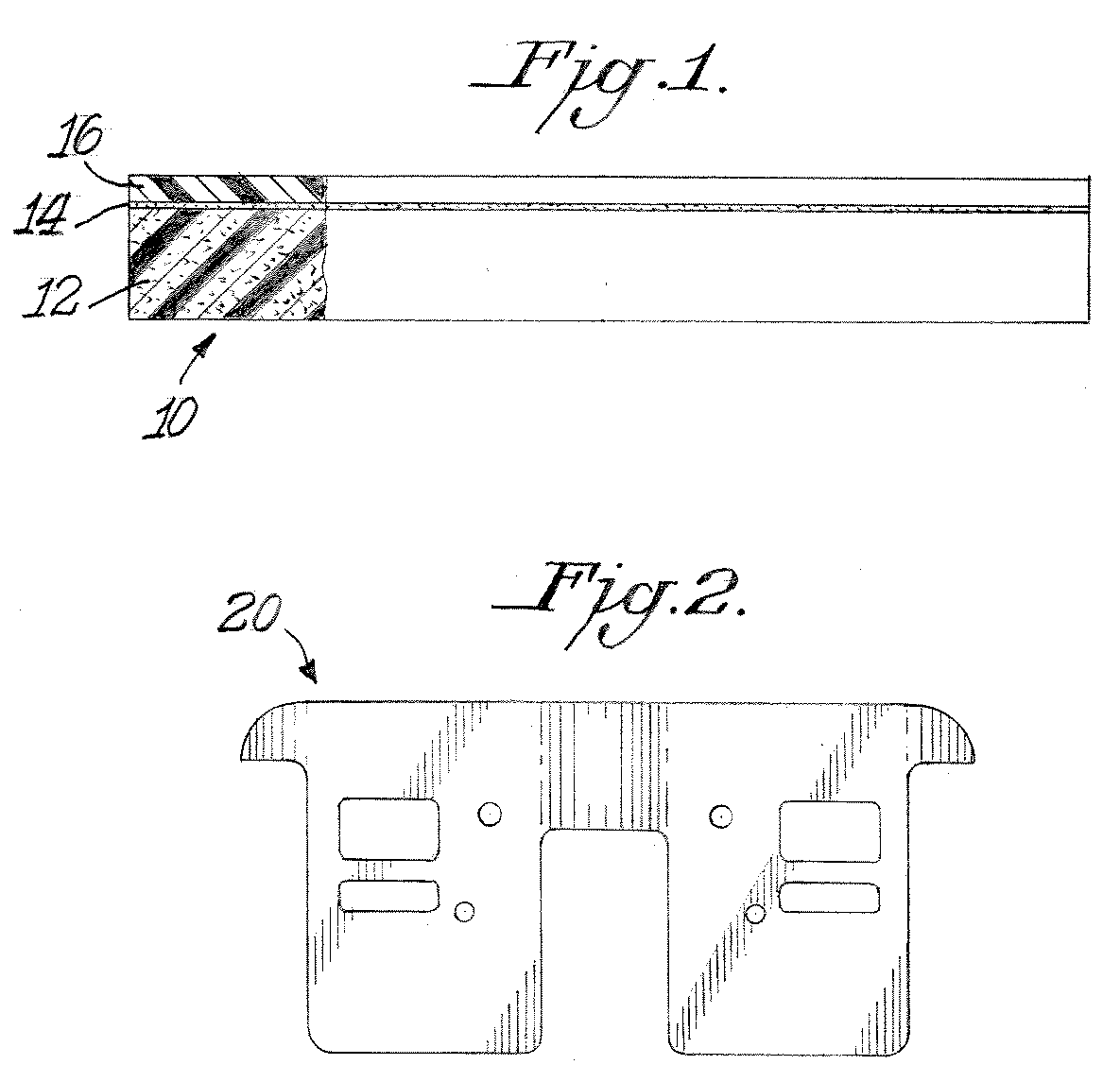Lower density, thermoformable, sound absorbing polyurethane foams
a polyurethane foam and thermoformable technology, applied in the field of low density, thermoformable, sound insulating polyurethane foams, can solve the problems of adversely affecting density and hardness properties, and hardness not meeting sound insulation requirements
- Summary
- Abstract
- Description
- Claims
- Application Information
AI Technical Summary
Benefits of technology
Problems solved by technology
Method used
Image
Examples
examples
[0037] Foams were prepared batch-wise on a laboratory scale in a fixed head foam machine with the formulations listed in Table I. The water, isocyanates, polyols, surfactants, catalysts, flame retardant and other additives were poured from the fixed mixing head into a box positioned inside a chamber in which a vacuum was drawn. The pressure was maintained below atmospheric pressure by pumping air out of the chamber. Using a pressure regulator, the pressure was maintained at the operating pressure while the foam was allowed to rise. In the case of foams made at 1 Bar or atmospheric pressure, the boxes were located outside the chamber as pressure control was not necessary.
[0038] IFD25 or “indentation force deflection” was determined in accord with a procedure similar to ASTM D 3574. In this case, foam was compressed by 25% of its original height and the force was reported after one minute. The foam samples were cut to a size 15″×15″×4″ prior to testing.
[0039] Flammability was determ...
PUM
| Property | Measurement | Unit |
|---|---|---|
| Temperature | aaaaa | aaaaa |
| Temperature | aaaaa | aaaaa |
| Fraction | aaaaa | aaaaa |
Abstract
Description
Claims
Application Information
 Login to View More
Login to View More - R&D
- Intellectual Property
- Life Sciences
- Materials
- Tech Scout
- Unparalleled Data Quality
- Higher Quality Content
- 60% Fewer Hallucinations
Browse by: Latest US Patents, China's latest patents, Technical Efficacy Thesaurus, Application Domain, Technology Topic, Popular Technical Reports.
© 2025 PatSnap. All rights reserved.Legal|Privacy policy|Modern Slavery Act Transparency Statement|Sitemap|About US| Contact US: help@patsnap.com

